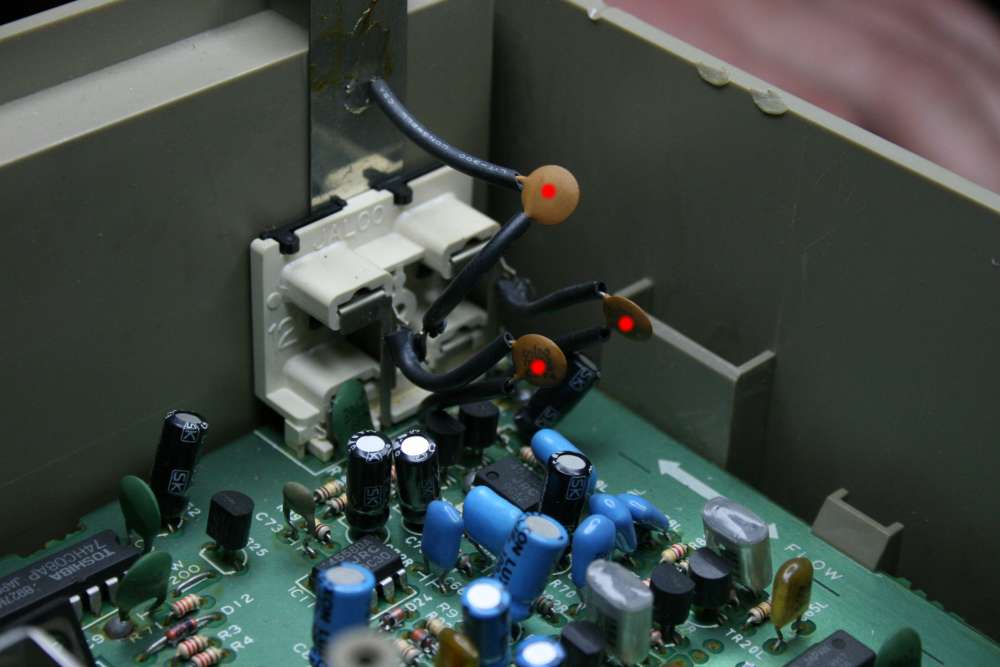

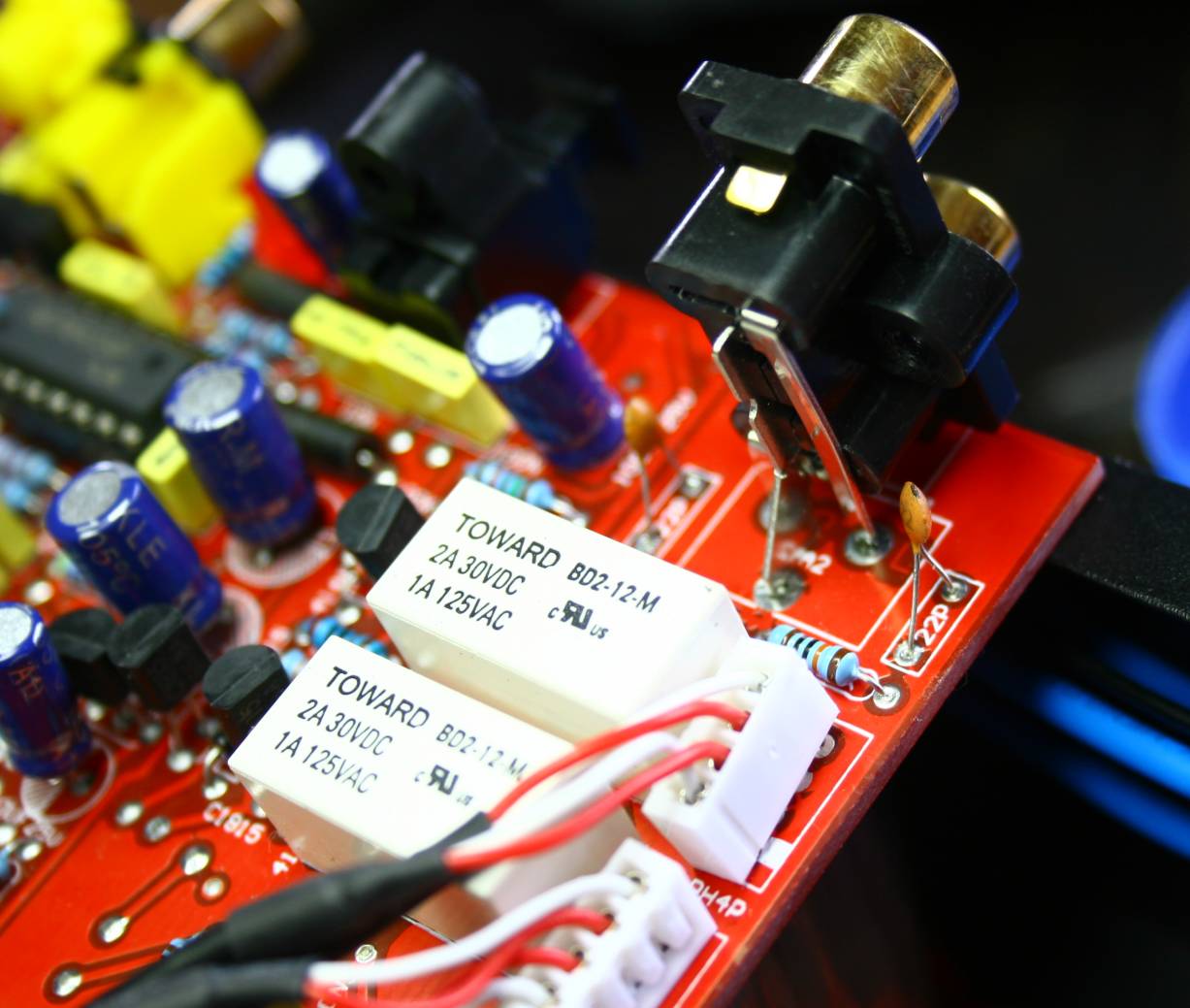


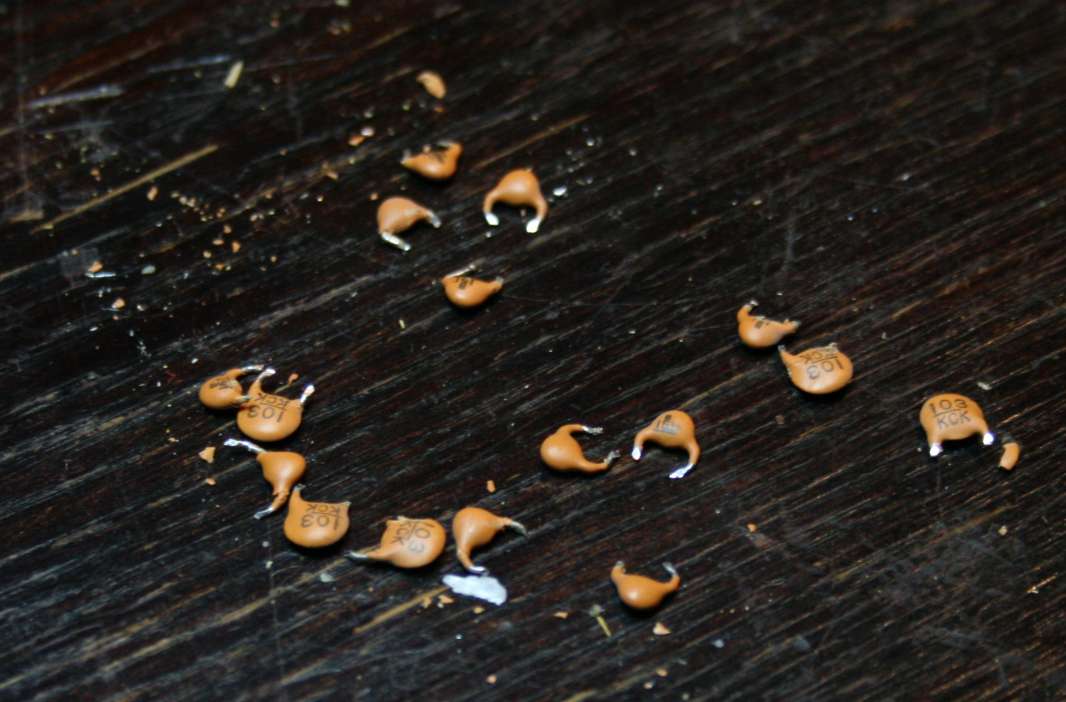
 New RCA's are a
must. I pay for mine 2 Euro per pair. The old openings are just perfect
size - diameter is 10 mm.
New RCA's are a
must. I pay for mine 2 Euro per pair. The old openings are just perfect
size - diameter is 10 mm.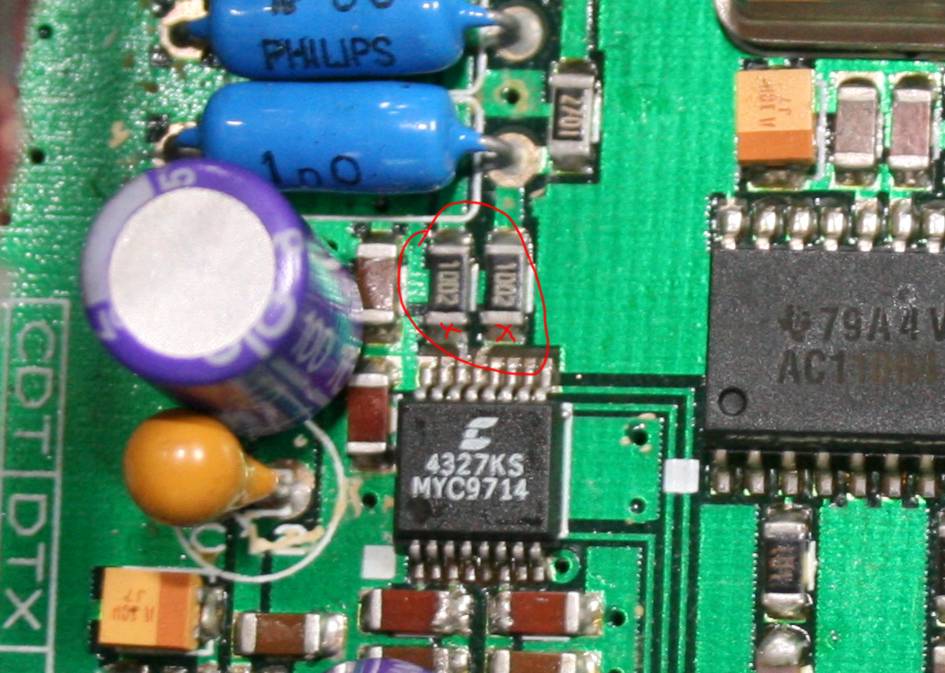
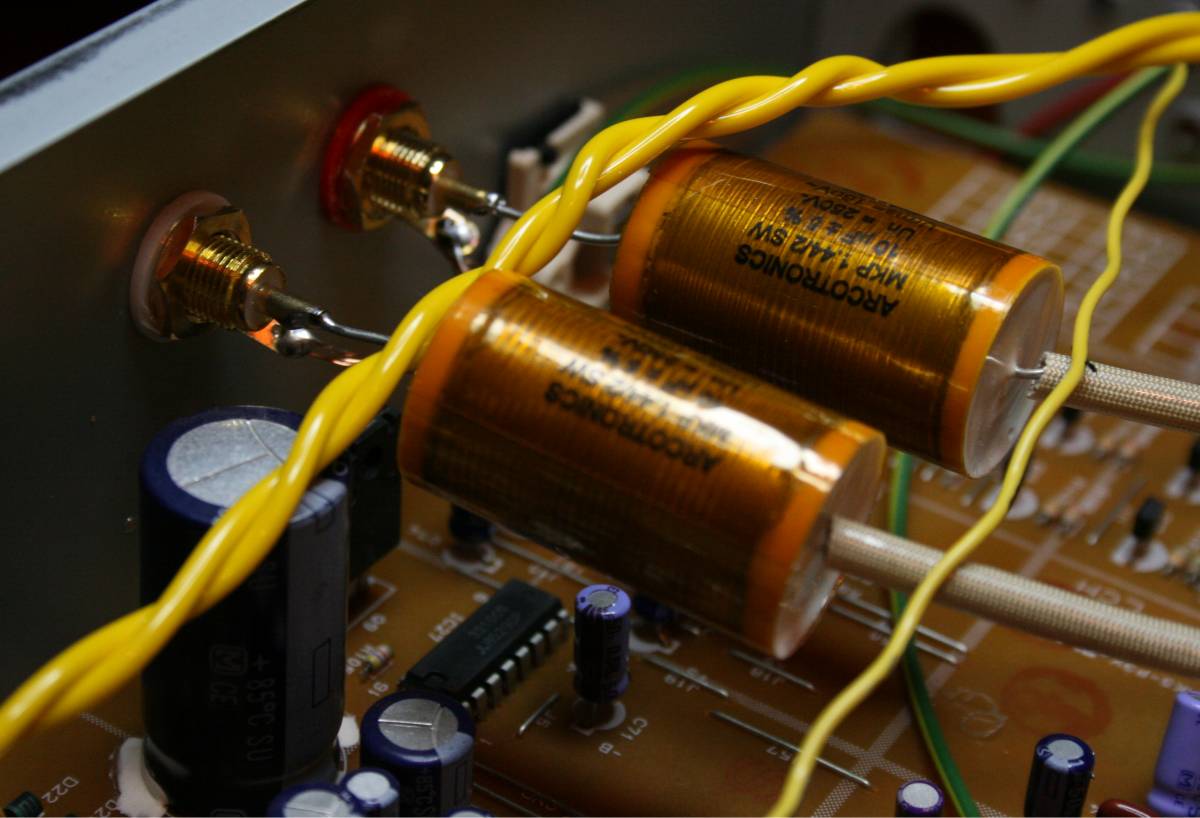
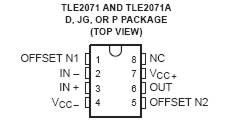
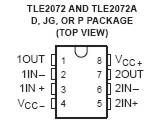
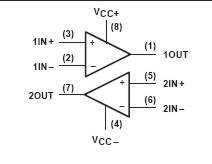
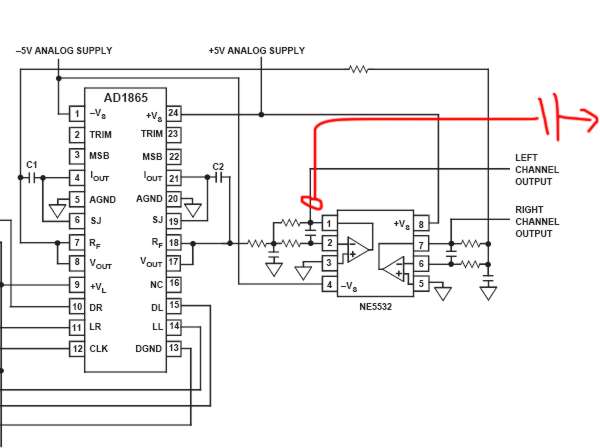
 leg 11/14 is Iout
leg 11/14 is Iout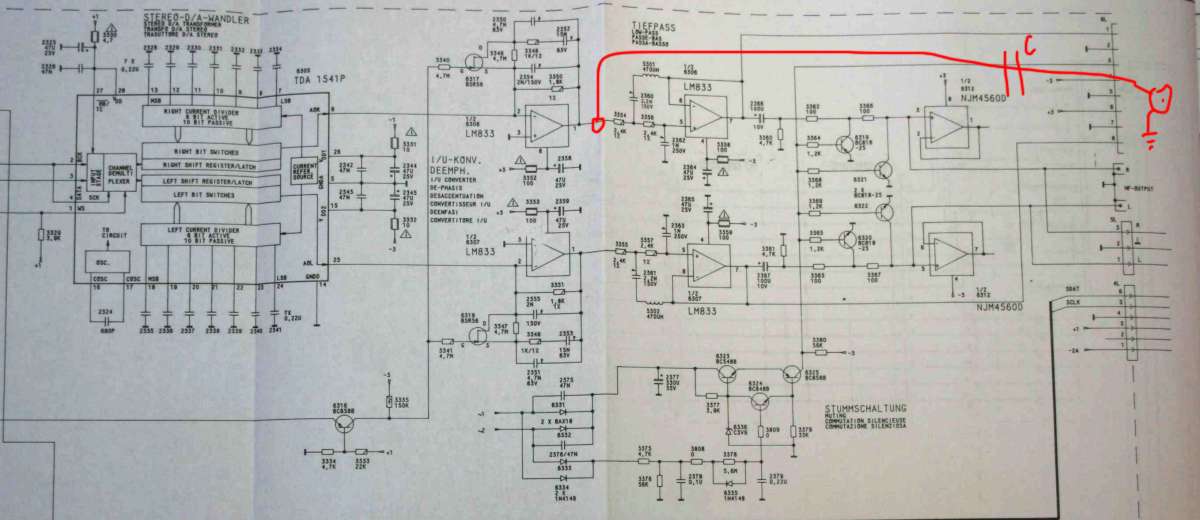


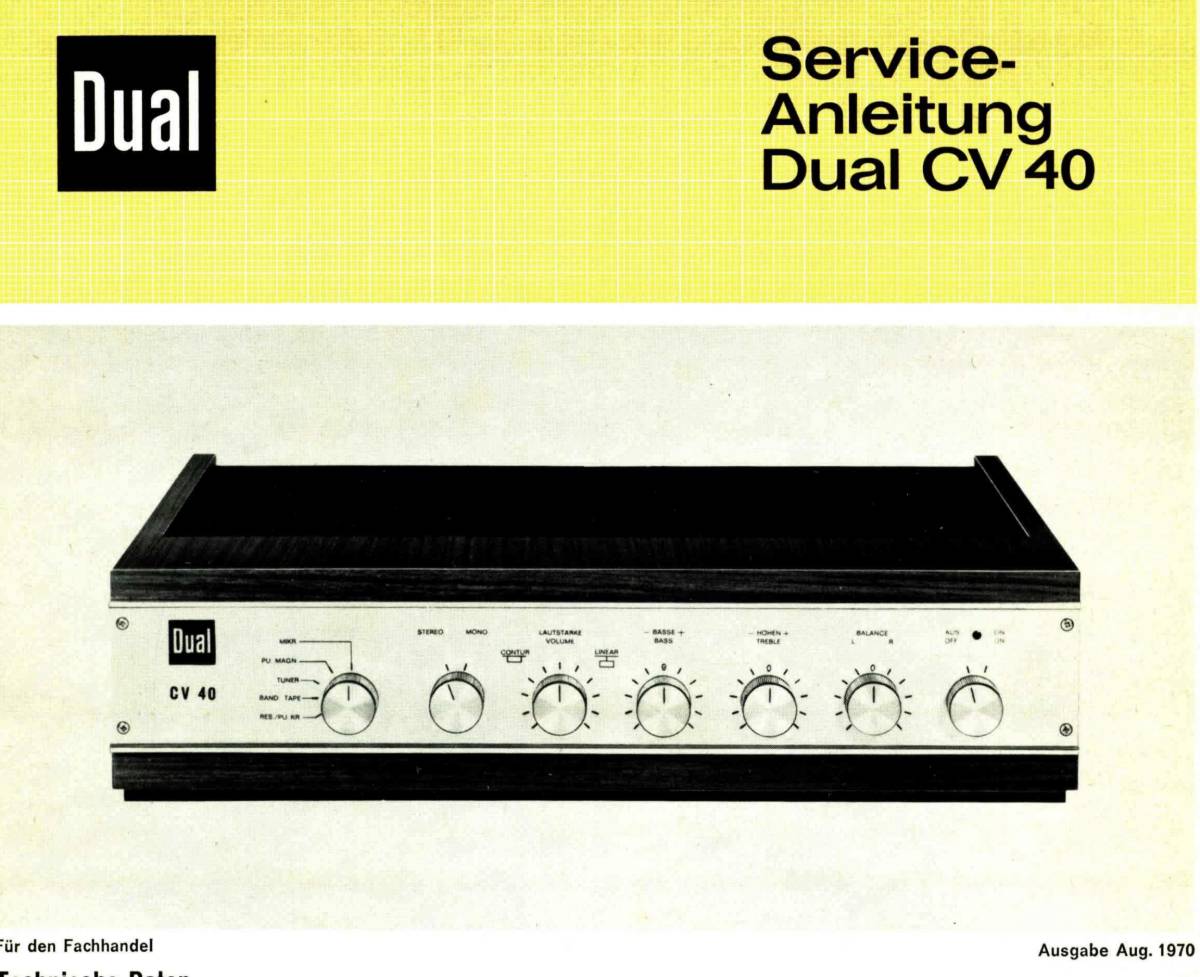
| LampizatOr shop with pars and kits
for DIY projects |
Lampizator
finished products (not for DIY) |
Amplifiers
page |
DAC
pages |
Music
server and transport page |
SILK
AC filter |